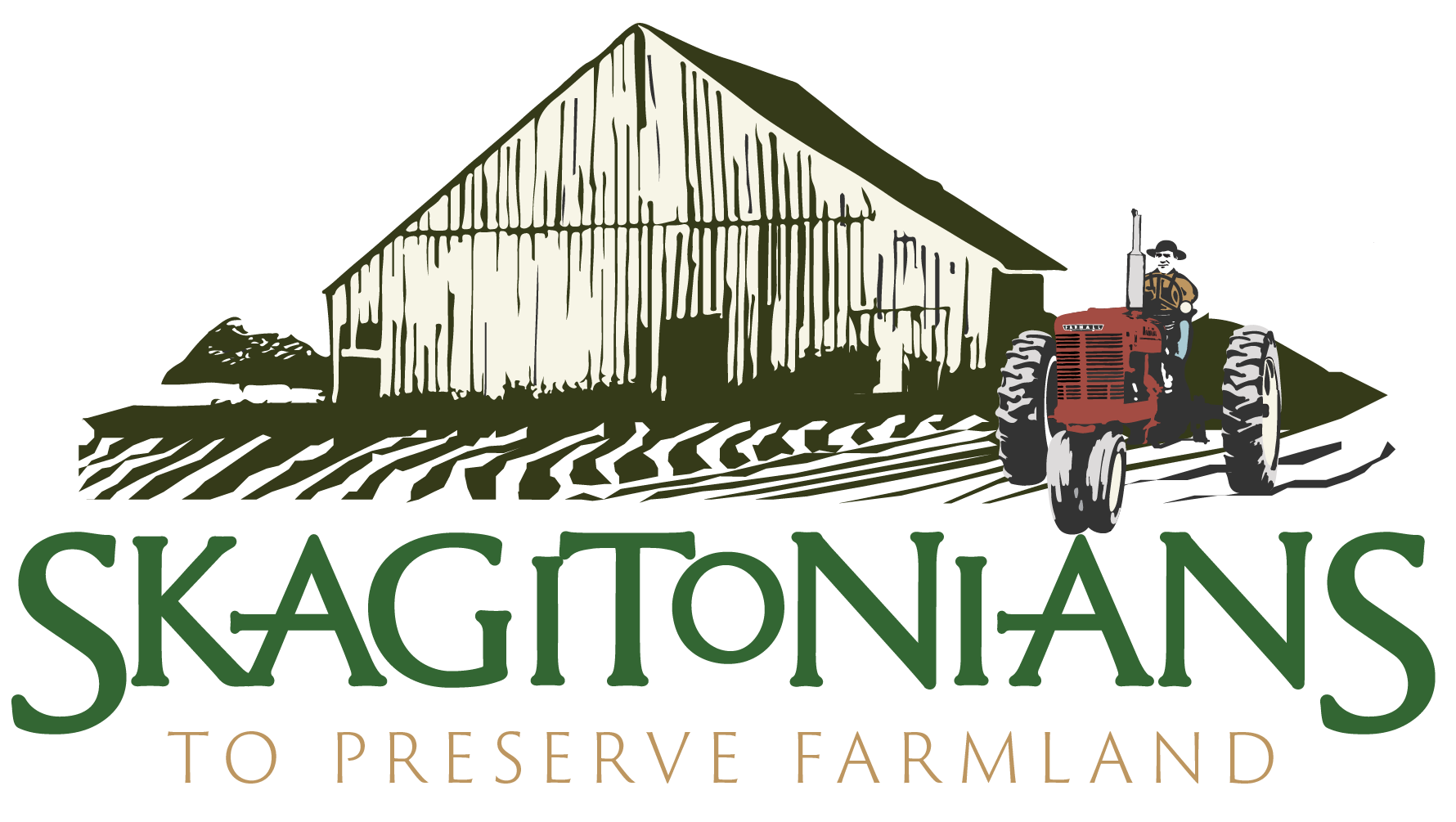The Cost of Lost Farmland
A successful agricultural economy depends on a network of supporting businesses and a contiguous, critical mass of agricultural land. The first disruption to viability comes with fragmentation of the land once development is begun.
When something untoward or even disastrous - like a pandemic or a tsunami - happens, and the first instinct is to hunker down, society quickly turns to basic needs. And nothing is more basic than food (and, maybe, toilet paper). If supply is low and shipping spotty at best, a reliable local food system is critical.
What makes that local food system not only reliable, but resilient in threatening times is a secure, sufficient base of productive farmland.
Good Farmland Always Under Threat
The three types of threats most injurious to a reliable local food system are development pressure, diminishing agricultural viability, and impediments to transferring farmland to the next generation.
Development Pressure
Wide-open farmland and rural vistas are enticing. The land beckons far more than the dedicated farmer or rancher. Housing developments, commercial enterprises, and all manner of "development" seem so plausible when surveying that cleared and cultivated land. But, at what cost?
According to a multi-year, state-by-state analysis by American Farmland Trust published in 2020 under the title Farms Under Threat: The State of the States, "Between 2001 and 2016 alone, 11 million acres of the nation's irreplaceable agricultural land was lost or fragmented, equal to all the land in the U.S. used to produce fruits, vegetables and nuts in 2017." Fifteen years, 11 million acres lost.
Like the famous bumper sticker says, Pavement is Forever.
If that weren't bad enough, by setting the precedent of developing agricultural lands for non-farming operations, yet more new development is far more likely to occur on the area's remaining farmland and ranchland. Even if the first development is just low-density residential, further development is 23 times more likely to occur. Even development at a far greater density. This "thin edge of the wedge" then exerts pressure along other fronts as well.
Loss of Agricultural Viability
A successful agricultural economy depends on a network of supporting businesses and a contiguous, critical mass of agricultural land. The first disruption to viability comes with fragmentation of the land once development is begun.
Fragmentation makes it much harder to go about the business of farming (watch Andrew Dykstra’s story here).
In a system like that employed in Skagit County where farmland is frequently traded between farmers in order to ensure the crop rotations vital to producing more than 80 diverse crops, anything that makes it difficult for a farmer to get into a field or travel between scattered locations is an annoying hindrance at best and a potentially damaging financial hit at worst.
Photo by Andrew Dykstra
Lost farmland, especially the uncommonly rich farmland of Skagit County cannot simply be replaced. The difference between the best farmland and the rest, is that it can take two to three times the amount of marginal land to make up for the loss of the best quality land.
When the best farmland is impacted by development, food production is forced to locate to lesser quality lands where input costs are higher, crop yields are lower, and soils degrade more quickly.
According to the same 2020 report, "Retailers such as grain and equipment dealers, on which farmers rely, are often pushed out," further undermining agricultural viability. "As farms and ranches consolidate and/or go out of business, it becomes harder for the remaining operations to thrive. The vital infrastructure that supports them either goes out of business or consolidates, making it more expensive and time-consuming for farmers and ranchers to obtain needed goods and services, as well as to process, market and distribute their products."
Transference of Farmland Made More Difficult
Once development encroaches on agricultural lands, land prices climb and it becomes impossible for new farmers to buy a farm, make a living, or continue to provide the agricultural products we all need to maintain a reliable, local food system. Without a continuous influx of hardworking farmers and ranchers, there is no agricultural viability here or anywhere else.
The Need for Vigilance Never Goes Away
Our Puget Sound region is studded with examples of what happens when agriculture isn't given the protection it needs. Skagit County has, so far, been able to curtail the trend toward development and the forever losses experienced by our neighbors to the south. But that success isn't assured.
Proposals for new development keep coming up. Proposals to amend land use that, once done, cannot be reversed.
Skagitonians to Preserve Farmland has been doing all it can over the last thirty plus years to keep these issues and their consequences in the forefront of citizens' minds.
It is good to remind ourselves why we were formed in the first place and how our work must continue with the valued support of our membership and all the other entities, both public and private, who play a role in farmland preservation.
Where We Rank
The Farms Under Threat: The State of the States report gives Washington State kudos for its "policy response in proportion to the threat to agricultural land." Citing that the 12 highest ranking states among the lower 48, "are all clustered on the coasts where intense development pressure has threatened agriculture for decades."
The State's record in respect to development pressure and all the damage it brings to agricultural viability and farmland succession hasn't always been the best, but here, in Skagit County, the effort has never let up.
Strengthening farm-friendly land use policies, permanently protecting as much farmland as possible through agricultural easements, and keeping the citizenry informed about the true cost of lost farmland is our duty, our privilege and our honor.
By Teresa Bennett: info@skagitonians.org



